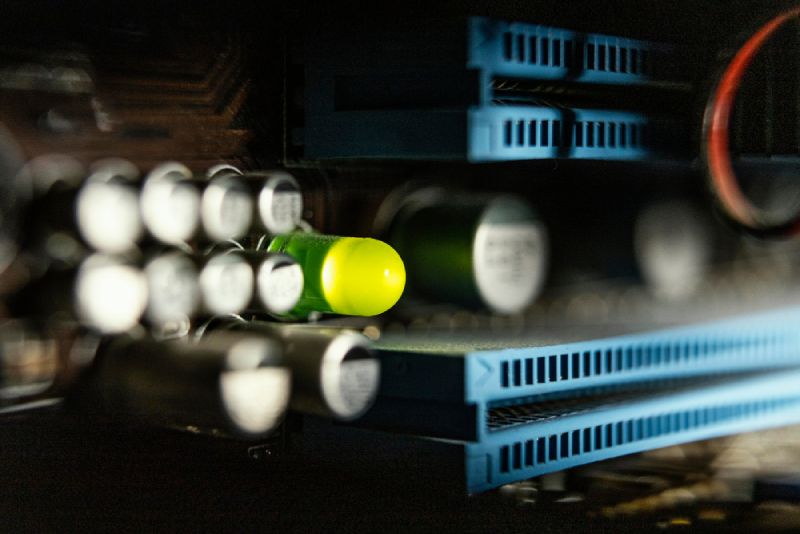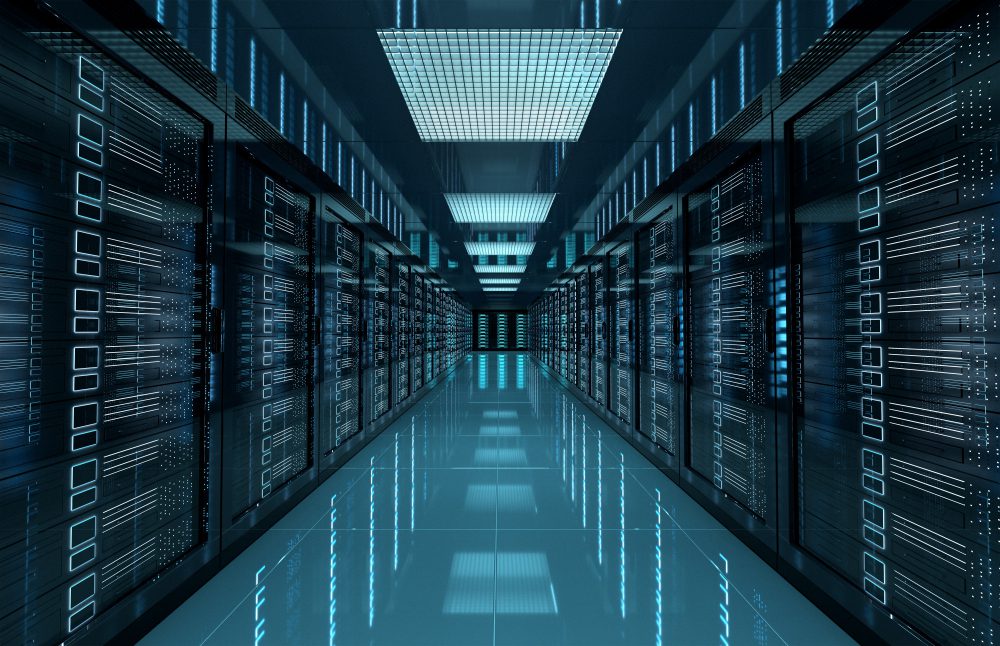Can I use a USB drive as a NAS?
In this digital age, the need for storage solutions has become increasingly important. Network Attached Storage (NAS) devices have gained popularity as a reliable and convenient way to store and access data over a network. But what if you don’t have a dedicated NAS device? Can you use a USB drive as a NAS instead?
The short answer is yes, you can use a USB drive as a NAS, but with some limitations.
Understanding the Differences
A NAS device is designed specifically for network storage purposes. It typically comes with multiple drive bays, allowing you to expand your storage capacity as needed. It also offers features such as RAID (Redundant Array of Independent Disks) for data redundancy and access control mechanisms.
On the other hand, a USB drive is a portable storage device that connects directly to a computer or other devices via a USB port. While it can provide additional storage space, it lacks the advanced features and network connectivity of a NAS device.
The Advantages and Limitations
Using a USB drive as a NAS has its advantages. First and foremost, it is a cost-effective solution. Most people already own USB drives, so repurposing one as a NAS can save money compared to purchasing a dedicated NAS device. Additionally, it is a simple and straightforward setup process. You can connect the USB drive to a computer or a router, configure the necessary settings, and start using it for network storage.
However, there are limitations to using a USB drive as a NAS. One major limitation is performance. USB drives typically have slower data transfer speeds compared to dedicated NAS devices. This can result in slower file transfer rates, especially when multiple users are accessing the drive simultaneously.
“Using a USB drive as a NAS can be a temporary solution for small-scale storage needs, but it may not be suitable for demanding applications or extensive data sharing.”
Considerations and Best Practices
If you still decide to use a USB drive as a NAS, there are a few considerations and best practices to keep in mind:
- Choose the right USB drive: Select a high-quality USB drive with sufficient storage capacity and reliability. Look for USB 3.0 or higher for faster data transfer speeds.
- Connectivity: Determine how you will connect the USB drive to your network. You can connect it directly to a computer or use a router with USB ports for shared access.
- Backup and redundancy: Consider implementing backup and redundancy solutions to protect your data. Frequent backups and RAID configurations can help safeguard against data loss.
- Security: Ensure that your USB drive is properly secured. Set up user access controls and encryption, if possible, to protect sensitive data.
In conclusion, while using a USB drive as a NAS can be a viable solution for limited storage needs, it is important to understand its limitations. For more extensive storage requirements and advanced features, investing in a dedicated NAS device might be the better option. Nonetheless, repurposing a USB drive as a temporary NAS can provide a cost-effective and convenient solution.
How do I convert a USB drive to a network drive?
Converting a USB drive into a network drive can be a useful solution for sharing files and accessing data from multiple devices on your local network. By making this conversion, you can effectively turn your USB drive into a centralized storage device that is accessible to all devices connected to the same network. In this article, we will walk you through the steps to convert your USB drive into a network drive.
Step 1: Connect the USB drive to a router or a NAS device
The first step in converting your USB drive into a network drive is to connect it to a router or a Network Attached Storage (NAS) device. Many modern routers come equipped with USB ports that allow you to connect your USB drive directly to the router. Alternatively, you can use a dedicated NAS device that offers additional features like RAID support and remote access.
Step 2: Configure the network settings
Once you have connected your USB drive to a router or a NAS device, you will need to configure the network settings to make it accessible on your local network. This typically involves accessing the router or NAS device’s administration interface through a web browser and configuring the necessary settings. You may need to assign a static IP address to the USB drive and enable file sharing protocols such as SMB or FTP.
Step 3: Set up user permissions and access control
To ensure the security of your network drive, it is important to set up user permissions and access control. This allows you to control who can access the network drive and what level of access they have. Most routers and NAS devices offer options to create user accounts and assign different levels of access privileges, such as read-only or read-write access.
Step 4: Mount the network drive on your devices
Once you have configured the necessary settings and set up user permissions, you can now mount the network drive on your devices. On Windows, you can do this by going to the “This PC” or “My Computer” section and selecting “Map network drive”. On macOS, you can use the built-in “Connect to Server” feature to access the network drive. Make sure to enter the correct network path and login credentials.
In conclusion, converting a USB drive into a network drive can greatly enhance the convenience and accessibility of your data within your local network. By following these steps, you can easily set up a network drive and start sharing files across multiple devices. Remember to configure the necessary network settings, set up user permissions and access control, and mount the network drive on your devices to fully utilize its benefits.
What is the USB Port on a NAS for?
A Network Attached Storage (NAS) device is a convenient and efficient way to store and access your data. One of the features commonly found on a NAS device is a USB port. While it may seem like a simple addition, the USB port on a NAS serves several important functions.
1. External Storage Expansion
The USB port on a NAS allows you to connect external storage devices such as USB flash drives or external hard drives. This feature provides an easy way to expand the storage capacity of your NAS. Simply plug in your external storage device to the USB port, and the NAS will recognize it as additional storage space, which can be used for backup purposes or to store additional files.
2. Printer Sharing
In addition to storage expansion, the USB port on a NAS can also be used to connect a printer. This enables you to share the printer across multiple devices on your network. By connecting your printer to the NAS via USB, you can print documents from any connected device without the need to directly connect the printer to each individual device.
3. UPS Support
Some NAS devices come equipped with a built-in uninterruptible power supply (UPS) support. In this case, the USB port can be used to connect a UPS device to the NAS. This allows the NAS to receive power status notifications from the UPS, ensuring that critical data is protected in case of a power outage. The NAS can automatically initiate a shutdown procedure when it detects a power loss, preventing data corruption or loss.
4. Data Transfer and Backup
The USB port on a NAS can also be used for data transfer and backup purposes. By connecting an external storage device to the USB port, you can easily transfer files between the NAS and the external device. Additionally, you can set up automated backup tasks to regularly back up important data from the NAS to the connected USB storage device, providing an extra layer of protection for your files.
In conclusion, the USB port on a NAS serves multiple purposes, including expanding storage capacity, printer sharing, UPS support, and data transfer and backup. It offers flexibility and convenience for users who want to maximize the functionality of their NAS devices.



